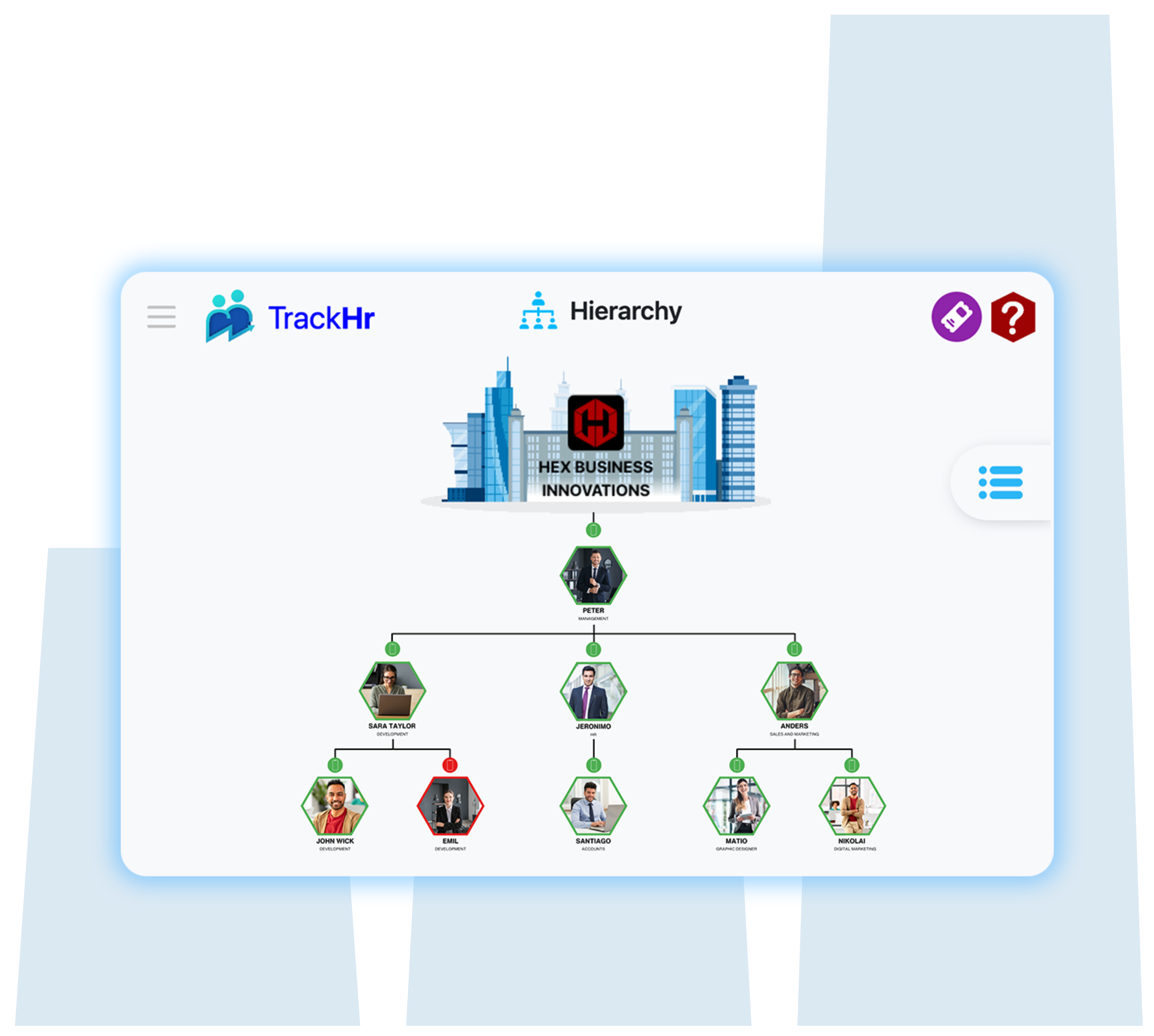Blog
How to Use Employee Monitoring Software Ethically
- April 21, 2025
- 12:48 pm

As remote and hybrid work environments become more common, businesses are increasingly turning to employee monitoring software to track productivity and ensure accountability. While these tools can offer valuable insights, they also raise concerns around privacy and trust. That’s why it’s essential to use them ethically. In this guide, we’ll explore how to monitor employees responsibly—enhancing performance without compromising integrity.
What is Employee Monitoring Software?
Employee monitoring software helps organizations track employee activities during work hours. This can include:
- Time spent on tasks or apps
- Websites visited
- Screenshots or video recordings
- Keyboard and mouse activity
- Attendance and login data
Popular tools include TrackHr, Hubstaff, Time Doctor, and ActivTrak.
Why Ethical Use Matters
Implementing monitoring software without proper guidelines can damage morale, reduce trust, and even lead to legal issues. Ethical monitoring ensures:
- Employee privacy is respected
- Monitoring aligns with local laws
- Communication between employer and employee remains transparent
Best Practices for Ethical Employee Monitoring
1. Be Transparent
Always inform employees about what is being monitored and why. Transparency helps build trust and avoids legal complications.
2. Define Clear Objectives
Only monitor what is necessary to meet performance and compliance goals. Avoid invasive practices that don’t serve a clear purpose.
3. Choose the Right Tools
Select tools like TrackHr that offer customizable settings, allowing you to track essential metrics without overstepping privacy boundaries.
4. Respect Privacy Boundaries
Avoid tracking during breaks, lunch hours, or outside of work hours—especially for remote teams.
5. Get Employee Consent
Where required by law, obtain written consent. Even where not required, it’s a best practice to get buy-in.
6. Use Data Responsibly
Ensure collected data is used for improving productivity and performance, not for punitive measures unless absolutely necessary.
7. Regularly Review Your Policies
Keep up with changes in laws and technologies, and adjust your monitoring approach accordingly.
Legal Considerations
Benefits of Ethical Monitoring
- Builds a culture of trust
- Enhances productivity without resentment
- Reduces legal risks
- Encourages accountability and goal alignment
Conclusion
Employee monitoring software can be a powerful tool for driving performance—but only when used ethically. By being transparent, respectful, and intentional, businesses can ensure that monitoring supports both organizational goals and employee well-being.
Table of Contents
Exhausted from managing performance management manually?






